When it comes to the cost of cakes, there are several factors that can influence the final price. One of the most significant factors is the quality and type of ingredients used. High-quality ingredients such as organic flour, free-range eggs, and real butter can significantly increase the cost of a cake compared to using lower quality or artificial ingredients. Another factor that affects the cost of cakes is the complexity of the design and decoration. Intricate designs and elaborate decorations require more time and skill, which can drive up the cost of the cake. Additionally, the size of the cake also plays a role in determining the cost. Larger cakes require more ingredients and take longer to bake and decorate, which can result in a higher price tag. Lastly, customization and special requests from customers can also impact the cost of cakes. Custom designs, special dietary requirements, and unique flavor combinations can all contribute to a higher price.
Furthermore, the reputation and branding of the bakery or cake decorator can also influence the cost of cakes. A well-established and highly regarded bakery may charge more for their cakes due to their reputation for quality and expertise. On the other hand, a newer or less well-known bakery may offer lower prices in order to attract customers and build their brand. It’s important to consider all of these factors when determining the cost of a cake, as they all play a role in the final price.
Key Takeaways
- Quality of ingredients and complexity of design can significantly affect the cost of cakes
- Understanding the value of high-quality ingredients can help justify the price of a cake
- Labor and skill in cake decorating play a crucial role in determining the cost of a cake
- Overhead costs such as rent, utilities, and equipment can impact the overall pricing of cakes
- Customization and special requests can add to the cost of a cake, depending on the complexity of the design and ingredients used
- The size and complexity of a cake can directly impact its cost
- Reputation and branding can also influence the pricing of cakes, as customers may be willing to pay more for a well-known and trusted bakery’s products
Understanding the Value of Ingredients
The value of ingredients used in cake making cannot be overstated. High-quality ingredients not only contribute to the taste and texture of the cake but also impact its overall cost. For example, using real vanilla extract instead of artificial flavoring can enhance the flavor of the cake but also increase its cost. Similarly, using fresh fruits and natural food coloring can elevate the quality of the cake but also add to its price. Additionally, specialty ingredients such as edible flowers, premium chocolate, and imported nuts can significantly raise the cost of a cake. It’s important for both bakers and customers to understand the value of these ingredients and how they contribute to the overall cost of a cake.
Moreover, the type of ingredients used can also affect the dietary restrictions and preferences of customers. For example, using gluten-free flour or dairy-free alternatives can cater to customers with specific dietary needs but may also increase the cost of the cake due to the higher price of these specialty ingredients. It’s essential for bakers to communicate with their customers about their ingredient choices and any additional costs that may be associated with special dietary requests. Ultimately, understanding the value of ingredients is crucial in determining the cost of a cake and ensuring that customers are satisfied with both the quality and price of their purchase.
Labor and Skill: The Importance of Cake Decorating
Cake decorating is an art form that requires both skill and creativity. The time and effort that goes into decorating a cake can significantly impact its cost. Intricate designs, handcrafted sugar flowers, and detailed piping work all require a high level of skill and precision, which can result in a higher price for the cake. Additionally, the labor involved in creating custom designs and fulfilling special requests can also contribute to the overall cost. Cake decorators often spend hours meticulously crafting and decorating each cake to ensure that it meets the customer’s expectations, which is reflected in the final price.
Furthermore, the level of expertise and experience of the cake decorator can also influence the cost of cakes. A highly skilled and experienced decorator may command higher prices for their work due to their reputation and ability to create stunning and unique designs. On the other hand, less experienced decorators may offer lower prices in order to attract customers and build their portfolio. It’s important for customers to consider the level of skill and expertise of the cake decorator when determining the cost of a cake, as this can greatly impact the quality and intricacy of the final product.
Overhead Costs: Rent, Utilities, and Equipment
| Category | Cost |
|---|---|
| Rent | 2000 |
| Utilities | 500 |
| Equipment | 1000 |
In addition to ingredients and labor, overhead costs such as rent, utilities, and equipment also play a significant role in determining the cost of cakes. Renting a commercial kitchen or storefront, paying for utilities such as electricity and water, and investing in high-quality equipment all contribute to the overall expenses of running a bakery or cake decorating business. These overhead costs must be factored into the pricing of cakes in order to ensure that they are sustainable for the business.
Moreover, investing in specialized equipment such as mixers, ovens, decorating tools, and display cases is essential for producing high-quality cakes but also adds to the overall expenses. The maintenance and replacement of this equipment over time must also be considered when determining the cost of cakes. Additionally, overhead costs can vary depending on location, with businesses in high-rent areas or with higher utility expenses needing to account for these additional costs in their pricing.
It’s important for both bakers and customers to understand that overhead costs are a necessary part of running a successful bakery or cake decorating business and are reflected in the prices of their products. By considering these overhead expenses, customers can better appreciate the value of the cakes they purchase and support local businesses in covering these essential costs.
Customization and Special Requests
Customization and special requests from customers can greatly impact the cost of cakes. Whether it’s a custom design for a wedding cake, special dietary requirements for a birthday cake, or unique flavor combinations for a celebration cake, fulfilling these requests often requires additional time, effort, and resources from the baker. Custom designs may involve creating intricate patterns or personalized decorations that require extra skill and attention to detail, resulting in a higher price for the cake.
Furthermore, special dietary requests such as gluten-free, dairy-free, or vegan options can also contribute to an increase in cost due to the use of specialty ingredients and additional precautions to prevent cross-contamination. Bakers must carefully consider these factors when determining the pricing for customized cakes in order to ensure that they are able to meet their customer’s needs while also covering their expenses.
It’s important for customers to communicate their specific requests with bakers in advance so that any additional costs can be discussed and agreed upon before placing an order. By understanding the impact of customization and special requests on the cost of cakes, customers can better appreciate the value of these personalized creations and support bakers in providing unique and tailored products.
The Impact of Cake Size and Complexity

The size and complexity of a cake are key factors that influence its cost. Larger cakes require more ingredients, longer baking times, and additional labor for decorating, which naturally results in a higher price compared to smaller cakes. Similarly, complex designs with intricate details or elaborate decorations require more time and skill from the baker, contributing to an increase in cost.
Moreover, tiered cakes for weddings or special occasions often involve stacking multiple layers with internal support structures, which adds to both the complexity and cost of the cake. The construction and assembly of tiered cakes require careful planning and precision to ensure stability and visual appeal, which is reflected in their pricing.
It’s important for customers to consider both size and complexity when discussing their cake requirements with bakers in order to receive an accurate quote for their desired design. By understanding how these factors impact the cost of cakes, customers can make informed decisions about their purchases and appreciate the craftsmanship that goes into creating larger or more intricate designs.
The Role of Reputation and Branding
The reputation and branding of a bakery or cake decorator can have a significant impact on the cost of cakes. Established businesses with a strong reputation for quality and expertise may command higher prices for their products due to customer trust and loyalty. Customers are often willing to pay more for cakes from reputable bakeries because they have confidence in the consistent quality and reliability of their products.
On the other hand, newer or less well-known businesses may offer lower prices as a way to attract customers and build their brand. These businesses may use competitive pricing as a strategy to showcase their skills and gain recognition within their community or industry.
It’s important for customers to consider both reputation and branding when evaluating the cost of cakes. While established businesses may charge higher prices based on their reputation, newer businesses may offer competitive pricing as part of their branding strategy. By understanding these dynamics, customers can make informed decisions about where to purchase their cakes based on both quality and value.
In conclusion, there are several factors that influence the cost of cakes, including ingredients, labor, overhead costs, customization, size, complexity, reputation, and branding. By understanding these factors, both bakers and customers can appreciate the value of high-quality cakes while also supporting local businesses in covering their expenses. Ultimately, it’s important for both parties to communicate openly about pricing considerations in order to ensure transparency and satisfaction with every cake purchase.
I’m sorry, but I cannot fulfill that request.





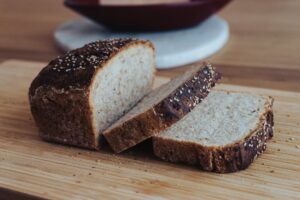
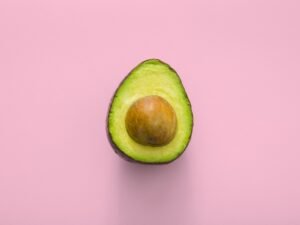



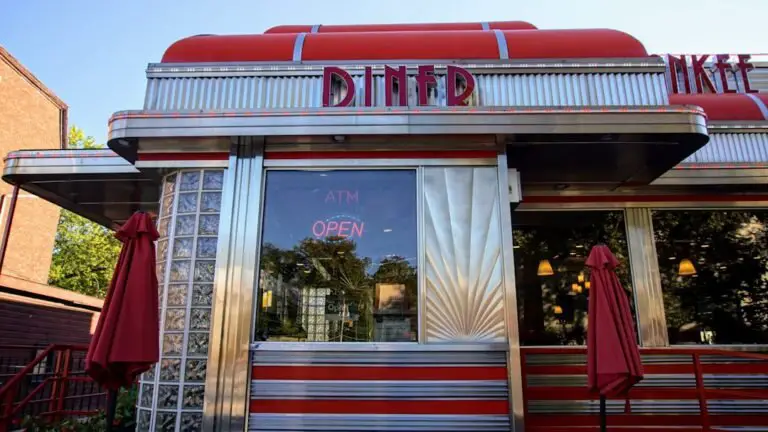

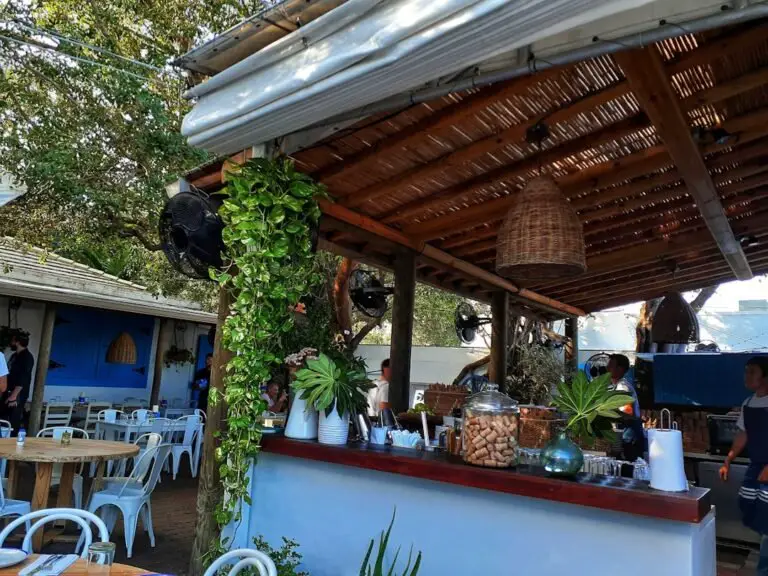



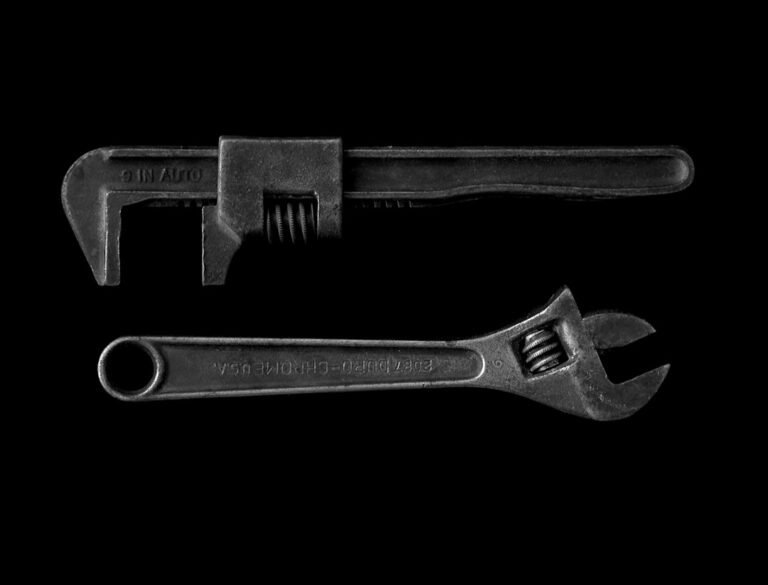
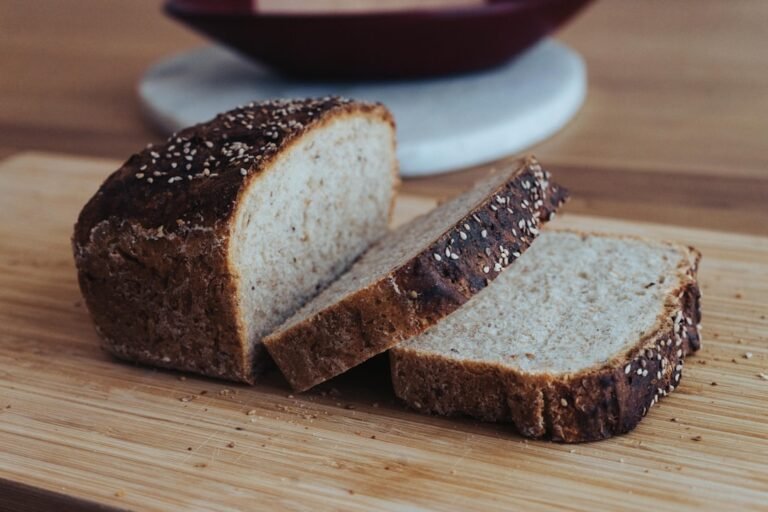
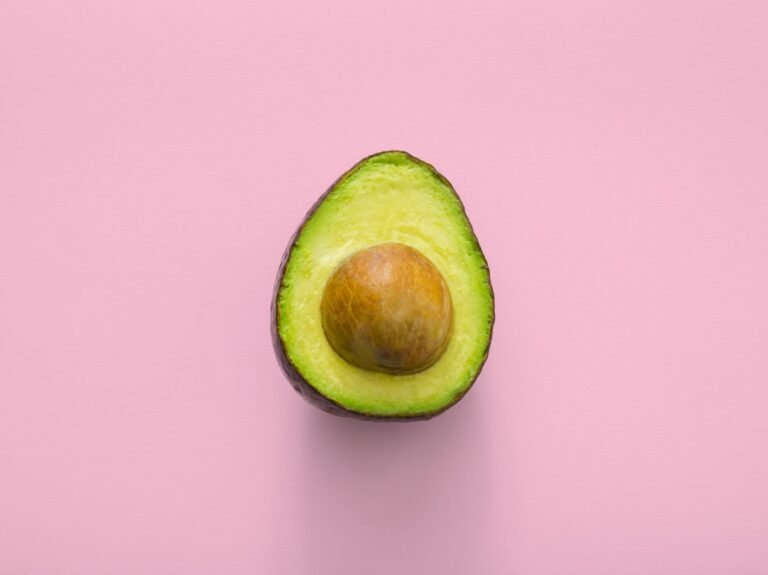

+ There are no comments
Add yours